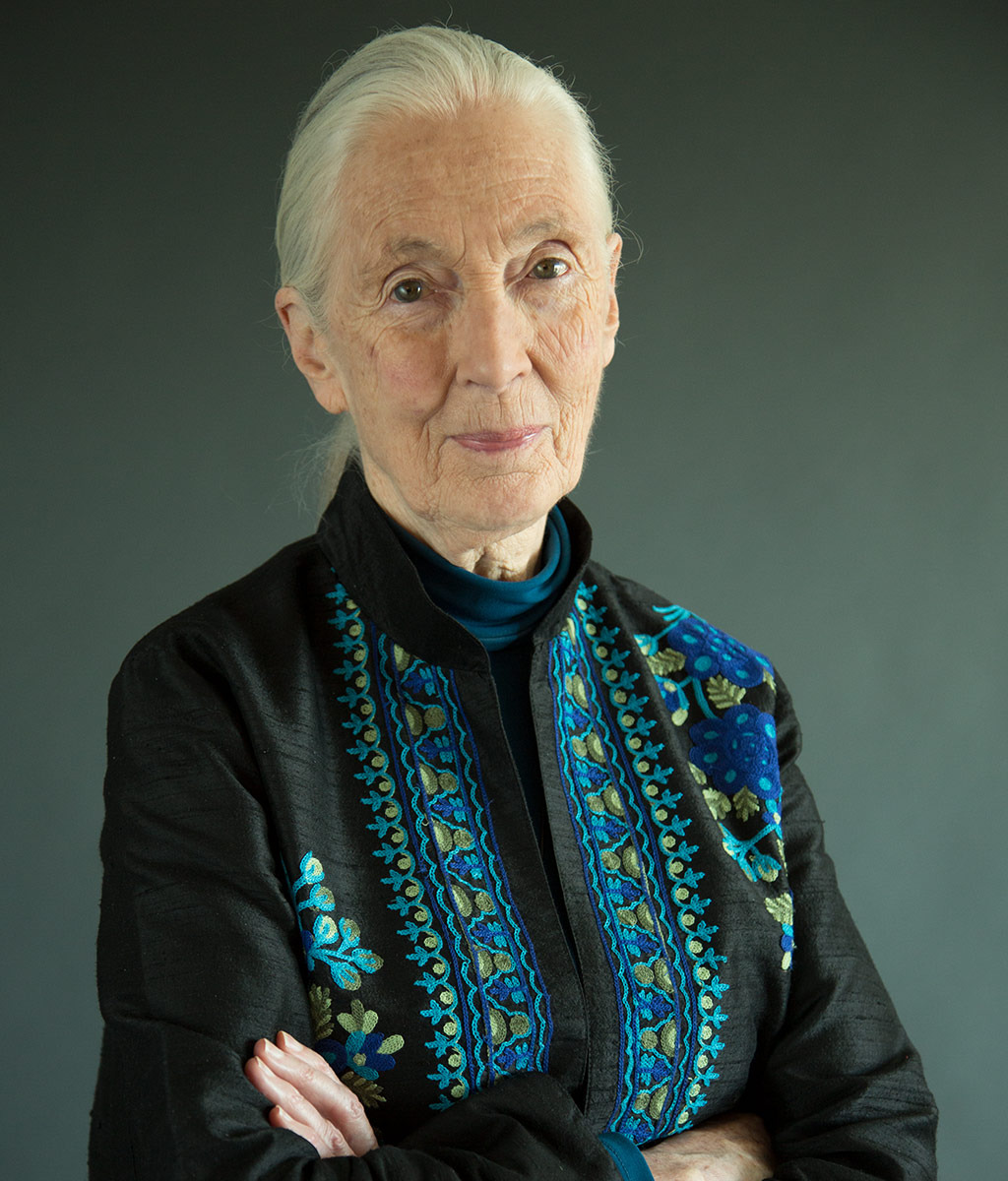You are here
Statement by Dr. Jane Goodall on World Migratory Bird Day 2019

While my main area of expertise is primates – and I note that both Gorillas and Chimpanzees are now listed on the Appendices to CMS - so meet the Convention’s definition of a migratory species – I am also fascinated by birds – which are almost all much, much smaller than Gorillas and Chimpanzees. But what they lack in size, they more than make up for in terms of the intrepid journeys that they undertake on their annual migrations.
These migrations are feats of endurance and require great navigational skills – some innate others learned. The Arctic tern, Sterna paradisaea has the longest recorded migration comprising a round trip of roughly 22,000 miles (35,000 kilometres) from breeding grounds in the Arctic and back to the Antarctic.
A female godwit was recently found to have flown 7,145 miles (11,500 kilometres) nonstop from Alaska to New Zealand, which represents another record. The red knot travels to and from the southernmost tip of South America to the Arctic Circle, and the Rufous Hummingbird, which is a mere 3 inches (8 centimetres) long, migrates roughly 3,900 miles from Mexico to Alaska, before heading back after breeding. Swifts also make long migrations – and amazingly, having left the nest, spend the next three years without landing, and they sleep, feed and even mate in the air. Like most other migrating birds they then return to the same breeding site every season. Disney Nature’s most recent release, “Penguins”, follows the extraordinary migrations of the Adele Penguins by sea and land in a film that is remarkable for its sometimes astonishing photography.
It is little wonder then that these creatures have caught our imagination and that some hardy souls emulate the birds by following them along their flyways. But not all people have benevolent intentions towards wild birds preferring to catch them in the sights of their rifles rather than in their binoculars, and excessive and illegal hunting are among a range of threats that humans place on the way of birds – tall glass-fronted buildings take their toll, as do oil and chemical spills and the loss of habitat and reduced availability of food, both exacerbated by climate change.
Another threat of which we have become increasingly aware over the past few years is pollution of the environment through the irresponsible way that discarded plastic is treated. The gyres of the oceans help collect vast quantities of unwanted bottles, containers and wrappers, and I have been horrified to see the pictures of dead chicks inadvertently fed pieces of coloured plastic by their parents and injured birds entangled in plastic debris.
The WMBD campaign is right to highlight the problem of plastic pollution because of the damage it can do to the environment and the harm it does to one of nature’s wonderful phenomenon – namely bird migration. I have many fond memories of spending days observing cranes flying onto their evening roosts in their thousands against the backdrop of a setting sun turning the water red and gold. It is tragic to think that such sights are being put at risk because of the short-sightedness of using a plastic bag rather than a more environmentally-friendly alternative.
